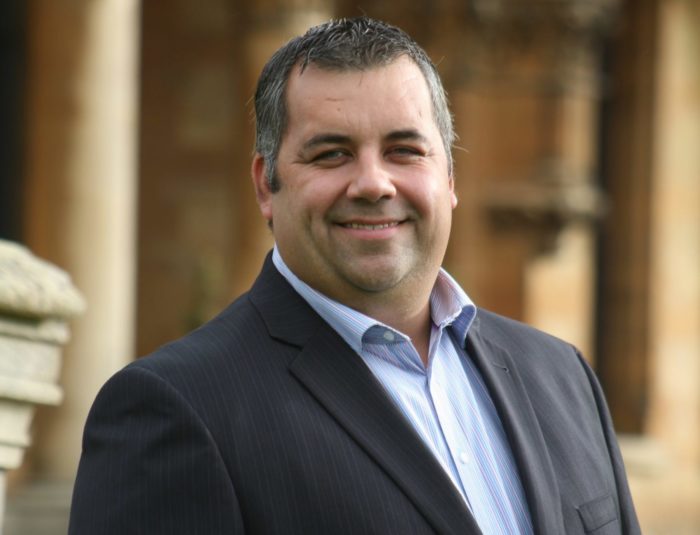Martin Reed, Chief Executive at Incentive FM Group, explains why commercial security has evolved alongside the commercial landscape
The challenge of delivering commercial security has seen significant changes in recent years, with many providers now struggling to play catch up. Priorities around securing members of the public, staff, high profile buildings and large open spaces have irreversibly shifted with an increased threat of terrorism and violence.
Coupled with the constantly evolving environmental challenges, a tough economic backdrop is also forcing security providers to work within testing budgets. Big security decisions are being made in unchartered territories and a holistic approach is now imperative for a successful and safe operation.
How has the environment changed?
Historically, security solutions were driven by a main objective to stop theft and prevent damage to products and assets. Of course, for retail and public spaces, issues such as theft have not gone away, with organised retail crime (groups of criminals stealing merchandise, data or cash from retailers) accounting for £562m in commercial losses last year. However, the last decade has seen security strategies also having to incorporate and prioritise the wider safety and security of people and assets. The Institute of Economics and Peace has estimated that the direct cost of terrorism to the global economy in 2014 was $52.9 billion – a ten-fold increase since 2000 – with the indirect costs at $105 billion.
Currently the national level of terrorist threat is deemed ‘substantial’ by MI5, which has resulted in facilities management companies playing a vital role in planning and preparing for potential incidents. As a specialist facilities management provider, companies like Incentive FM Group are also tasked with preparing for a change in the threat level from ‘substantial’ to ‘critical’. As this threat of terrorism fluctuates, the stages of preparing and implementing security protocol in public spaces have to be agile enough to predict risk and adapt, with the sufficient technological capabilities to counteract any threat.
As security services face up to these new challenges, leadership teams are simultaneously having to decipher appropriate reductions to stay afloat. The balance between providing a holistic security service and remaining operationally effective has never been tighter. This is where recruiting smartly and investing wisely help steady the ship.
Building the right team
The relevant skillset for security professionals, like in any industry, changes with the landscape. New threats require new solutions and the private market has to respond accordingly. As the threat of terrorism and violence increases, it is vital for specialists to recruit professionals who have a focus on vigilance and negotiation skills over the historical security characteristics of physical ability alone. Technological insight, attention to changing details, identifying threats, decision making, mitigating risk, and the ability to continually review security measures are just some of the skills needed in the modern security environment. As is using the wider service team such as cleaning staff which, as an integrated service provider comes naturally to us, but can be a different way of working for single service security providers.
Finding the right balance between sustaining a no-nonsense presence that reduces threat, whilst also ensuring the customer experience is welcoming and positive, is a modern pressure. One of the key assets to holistic security methodology is the recruitment and appointment of an eclectic range of skilled people with different backgrounds. To tackle a diverse problem that is ever-changing, a diverse team is needed; both customer-facing and office-based.
Being part of wider industry bodies, such as the SIA Pacesetter group, can also help to share best practice and improve practices and methodologies for our current environment.
Mitigating the risk of rising knife-crime
There is no doubt that the risk to retail staff from knife attacks is on the rise. The recent ACS 2019 crime report revealed that a knife was used in 68% of violent shop incidents involving a weapon; up from 64% in 2018 and 32% in 2017. As knives also increasingly become a weapon of choice for terrorists, a security plan has to incorporate the different scenarios where a blade or sharp object can pose a threat to staff and/or customers. There is no one size fits all approach to a problem like knife-crime. Smart investment in both personnel and technology is what determines how successful security solutions are in the face of a rising knife-crime problem.
A proactive approach to the identification and management of risk now has to be the default security position over simply providing a reactive ‘body of service’. The relationship between the security provider and the client is more important than ever. Our approach is to position the relationship as a partnership from day one. This is the only way to fully address the unique risks to a business and provide comprehensive, bespoke and reliable security solutions in a tough and rapidly evolving environment.
